The Idaho Transportation Department’s ongoing innovation initiative, now in its fourth year, has already shown some impressive results. The program has so far saved Idaho taxpayers $5.1 million in efficiencies that are applied directly back into maintenance and repair of the state’s roads and bridges. Along the way, the innovations have improved customer service, enhanced mobility, and directly impacted safety for highway workers and the traveling public.
ITD’s emphasis on innovation features a statewide employee-driven effort with a premium on finding safer, easier and less expensive solutions. The 2017 Best of the Best competition spotlights innovations in each of seven categories central to the department’s main goals: safety, mobility, economic opportunity, customer service, employee development, time savings and cost savings.
“It is so exciting to celebrate every employee’s efforts to make things just a little bit safer or better in some way,” said ITD Chief Administrative Officer Charlene McArthur. “Recognizing the spirit of innovation in every employee is what Innovate ITD! is about.
Since the program began in 2014, ITD has:
• Received 1,120 ideas from employees
• Implemented 760 innovations
• Generated savings and efficiency improvements of $5.1 million*
• Realized 170,000 contractor and employee hours saved
• Created 420 customer-service improvements.
* The savings in time and money are being used to maintain roads and bridges and provide better customer service.
Here are the seven category winners in ITD’s Best of the Best 2017 – Watch the Best of the Best video:

SAFETY
For the safety category, ITD’s south-central Idaho office began by improving the nighttime visibility of delineator posts. Safety can be dicey on Idaho’s many rural roads.
On tight turns, you might see a series of yellow signs with black chevrons warning drivers, or a row of standard markers or reflectors showing a hazard ahead. In some locations, that’s not always enough.
D4’s James Bennett created a low-cost option to assist drivers in recognizing the change in direction of travel. A series of these posts can be installed within a couple hours.
Watch curve delineation video
 CUSTOMER SERVICE
CUSTOMER SERVICE
In the Customer Service category, the winning idea uses 3D renderings to drive better public understanding.
ITD is using new technology to help the public and stakeholders better grasp complex bridge replacements, visualize what ITD is trying to accomplish, and understand how the new bridges will fit into the town’s aesthetics or existing environment.
By using 3D bridge renderings and animations, ITD is better able to communicate project complexities and alleviate frustrations. This has been very popular and proven extremely beneficial on several high-profile projects where the 3D renderings and animations were fundamental to understanding project goals and outcomes.
Having a 3D visual makes it come to life for people, and helps reduce controversy by clearing up misunderstandings.
ECONOMIC OPPORTUNITY
The winner is an idea to provide alternatives to load-posting bridges.
An innovation developed by ITD Bridge Asset Management provides local bridge owners with options when faced with deterioration, so a particular bridge can remain open and unrestricted to legal vehicle loads, rather than simply giving load-posting requirements.
The goal is to keep local bridges open and unrestricted to vehicle traffic, which supports ITD’s mission. It improves the lives of Idaho citizens by safely ensuring mobility is uninterrupted and business can transport goods and services in less time.
 COST SAVINGS
COST SAVINGS
Mechanic Brandon Thurber and colleagues in ITD’s D6 shop lamented that aluminum valves, floor plates, and mounting covers on truck frames were replaced twice a year because of salt corrosion. So, they began investigating ways to preserve shed trucks.
One day they discovered that spraying the components with varnish preserved the metal, reducing corrosion and replacement costs.
Total annual replacement cost for the rusted-out components was about $48,000 — $800 for each of the district’s 60 trucks. By using the varnish, that cost can be cut by $40,000 per year.
MOBILITY
In this category, the 2017 winner was magnetic. 
A simple idea out of the south-central Idaho office could help prevent flat tires with a giant magnetic sweeper bar mounted to a patrol vehicle. Best of all, the innovation will help both the general driving public AND department employees.
D.J. Price of D4 got the idea when looking at the punctured casings of several blown tires about 100 yards away from a mess of nails on the road.
ITD trucks were a logical choice – they are already out on the road.
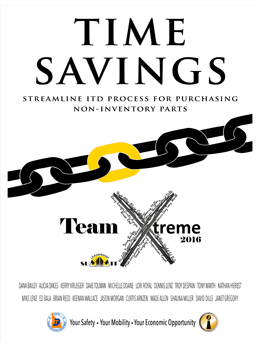 TIME SAVINGS
TIME SAVINGS
The 2017 winner is an innovation to streamline purchases.
Step into the typical ITD shed and you’ll find hundreds of tools, parts, and pieces of equipment. Staying on top of that list can be a logistical nightmare.
So, an ITD team worked on solutions to streamline the process. They created standardized digital forms with some auto-fill fields and drop-down menus to speed up the process. They also found it made sense to open up the approval process. Only orders more than $10,000 need to be approved by a supervisor.
With a new protocol in place and vending machines for supplies getting installed across the state, the solution is on track to save thousands of labor hours.
 EMPLOYEE DEVELOPMENT
EMPLOYEE DEVELOPMENT
This year’s winner provides a career-development path for ITD maintenance workers.
Already seeing an influx of new Transportation Techs and anticipating even more in coming years, ITD’s eastern Idaho office developed a “TTO Boot Camp” to get new employees trained on the basic elements of the maintenance program and acclimated to a career at ITD. Having consistent training across each regional foreman area also gave these newcomers a kick start to their development and effectiveness. To ease the on-boarding process, the department also paired a mentor with the new employees.
ITD is providing a higher level of service to employees, and those skills can then be applied to service to the public on roadways.
Those are ITD’s 2017 Best of the Best winners, showcasing how innovative thinking can improve products and services and make the most of taxpayer funds.


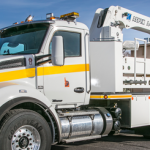
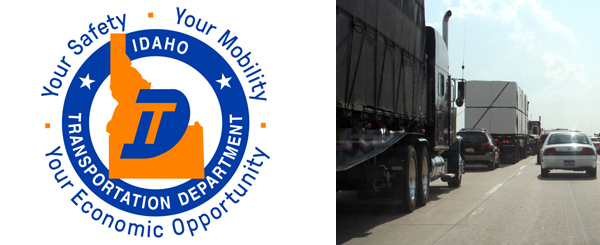

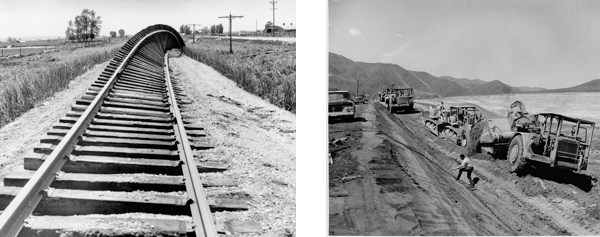
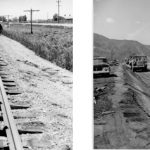
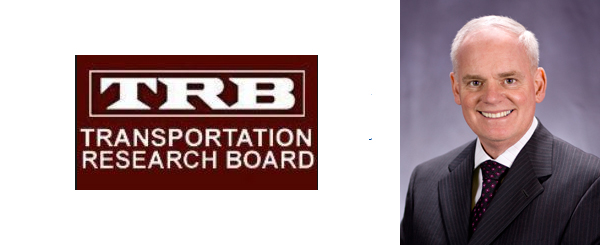

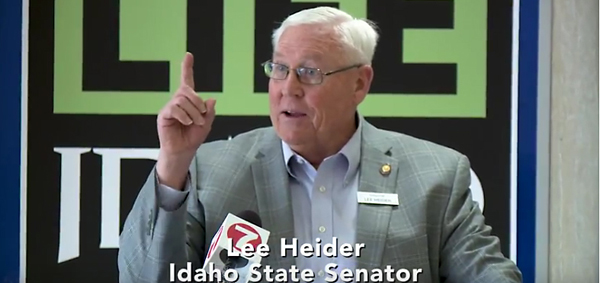












 CUSTOMER SERVICE
CUSTOMER SERVICE
 COST SAVINGS
COST SAVINGS
 TIME SAVINGS
TIME SAVINGS EMPLOYEE DEVELOPMENT
EMPLOYEE DEVELOPMENT